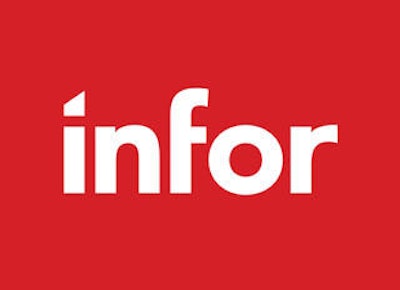
As manufacturers roll out an increasing amount of “siloed” enterprise-level software solutions, such as ERP and CRM, the role of connecting all these critical systems is becoming increasingly important. Fortunately, many companies have been developing and helping manufacturers develop solutions for enterprise asset management (EAM), which not only aid with the day-to-day operations of a given asset, but also connect to other systems to keep everyone on the same page.
In order to get more information about the current landscape of EAM software, as well as what the group intends to accomplish on the plant floor, we got in touch with Kevin Price, Senior Product Manager at Infor.
Manufacturing.net: Can you give us some background into the history of EAM and its purpose within a manufacturing operation?
Kevin Price: Enterprise asset management, as a solution, is designed to protect and prolong the assets in an organization. It’s been around in many shapes and forms for years — our particular line of code has been around since 1986. When you see an organization, no matter what verticals they’re in, they’ll have assets that need to be maintained. Those assets are sometimes critical to an organization. In a manufacturing organization, you have the different cells of the manufacturing process, different types of heavy pieces of equipment. In the public sector — environment and utilities — you have pumps that push massive amounts of water … and that need to be running when they’re supposed to and in the most productive way they can.
With EAM, we provide software to do just that — to make sure those assets are running in the most efficient way they can. To make sure the people and the materials that need to be in place to make that happen, are working in concert with each other, to make sure the assets are working the way they’re supposed to. And ultimately, when the asset reaches a point where it needs to be retired or replaced, then you have a system in place to be able to make that capital planning decision and replace those assets. That’s EAM’s need and function.
Within Infor, we serve as that leg of the stool in the overall solution set. Instead of having a financial system that does well in isolation, wouldn’t it be nice if those systems already talked to each other? If they shared financial information whenever a requisition flowed from one to the other, when an invoice flows from one to the other? Whatever suppliers are putting together, they’re shared and pooled. That’s what we do.



















